White Paper
R.O.C.S.™ 2
Going Green: Optical Switches for Sustainable Data Center Operations
Modern data centers are driving up energy consumption.

Data centers are essential for modern society as they enable cloud computing and big data storage, vital for business and personal applications. However, data centers require significant amounts of energy to function, and their energy consumption is a growing concern for sustainability.
One way to address this issue is by reducing the energy consumption of the network switches in the data center, which can account for up to 30% of the total energy consumption. This white paper explores using an optical switch to reduce energy consumption in a data center.
Artificial intelligence is driving up energy consumption.
Energy consumption explosion
The rise of cloud computing, big data, and artificial intelligence has led to a data center energy consumption explosion. As a result, the costs associated with powering and cooling data centers have become a significant challenge for data center operators.
Environmental impacts
The exponential growth in data center energy consumption has also contributed to increased greenhouse gas emissions, leading to concerns about the impact of data centers on the environment.
Innovation challenges
The challenge for data center operators is to find innovative solutions to reduce energy consumption and associated costs without compromising performance or availability. The use of optical switches is one such solution that can help data centers address these challenges.
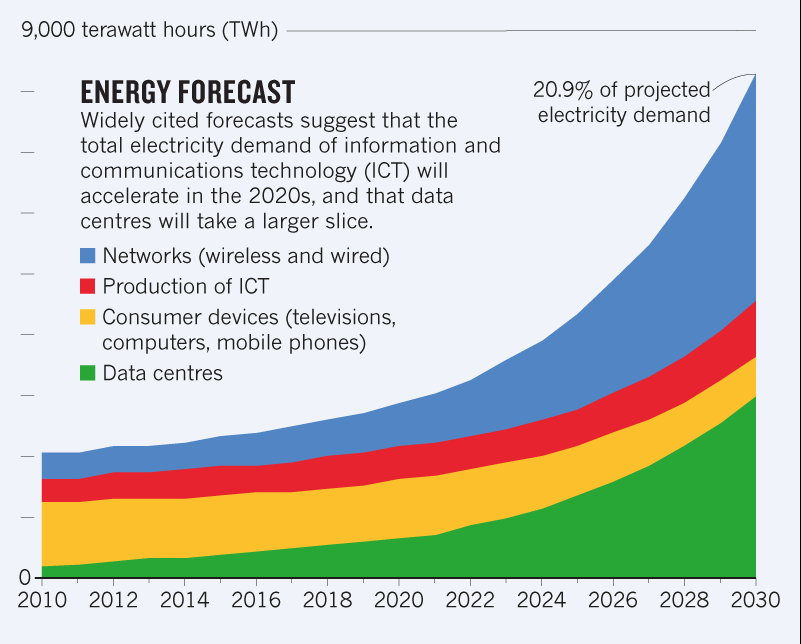
The Real Amount of Energy A Data Center Uses – AKCP.com, 2022
Optical circuit switching delivers energy savings and great performance.
Efficient use of the network infrastructure
Optical switches being bit-rate agnostic, they allow efficient use of transceivers from different generations and data rates in the same infrastructure. This efficiency reduces overall energy consumption as the network switches can process more data in less time.
Reduce cooling requirements.
An optical circuit switch consumes less power than an electronic switch, lowering operating costs. Additionally, the lower heat output from an optical switch reduces the energy needed for cooling the data center, further lowering the operating costs.
Deliver energy savings in AI and HPC.
In AI and HPC, where systems run 24/7 at peak capacity and considering the high price per kWh, this translates into potential annual savings of millions of dollars.
Eco-Friendly
Therefore, by implementing optical circuit switches, data centers can operate more sustainably and become environmentally friendly.
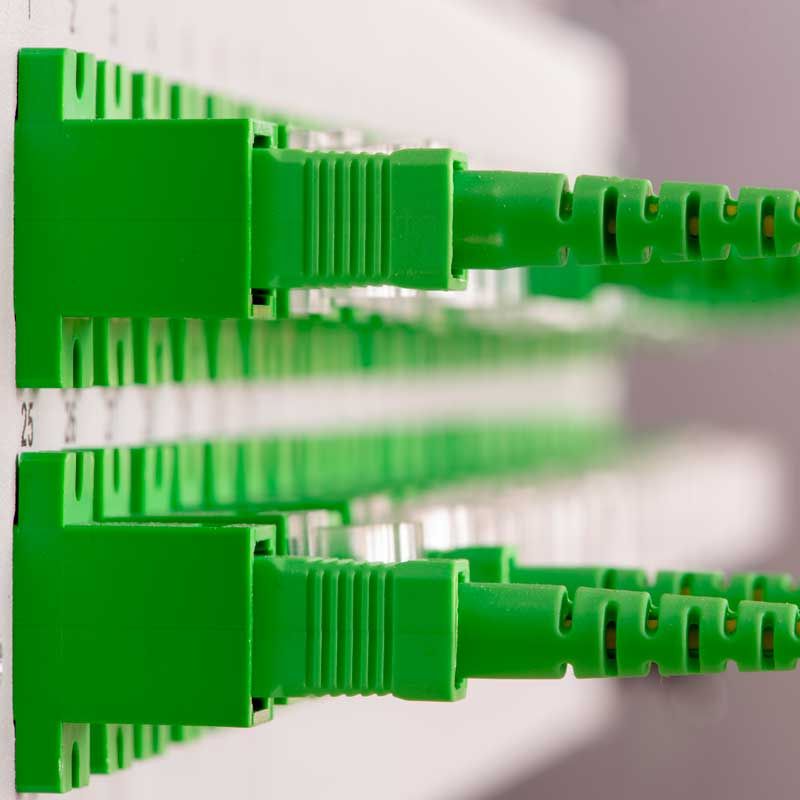
Mission Apollo
Landing optical circuit switching at datacenter scale

Optical circuit switches have reduced electrical usage by over 30%
The world’s first large-scale production deployment of optical circuit switches for datacenter networking was introduced at Google.
The Apollo layer replaces the Spine blocks for high cost and power savings by eliminating the electrical switches and optical interfaces used to implement the Spine layer.
This also delivers substantial improvements to the evolution, reliability, cost efficiency, power consumption, and application performance of their infrastructure.
A game-changing approach to tackle the biggest failure points
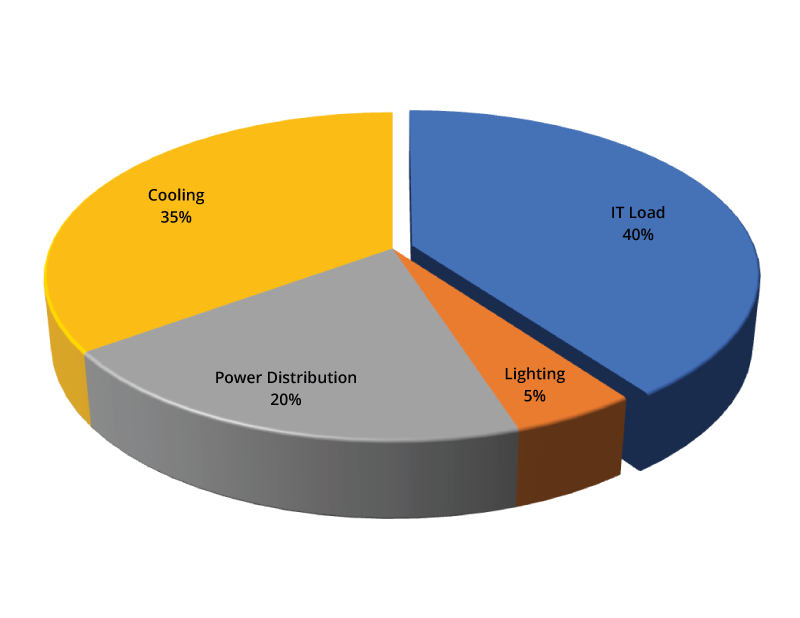
Breakdown of a Data Center Power Consumption - Chhachhi, 2015
Lower the number of networking equipment
With each generation of higher-speed transceivers comes higher power distribution requirements. Considering a typical 400G transceiver and a 64-port 400G-enabled network switch operating at maximum capacity, the power footprint, including cooling, is well over 1 kW. Minimizing the use of such power-hungry equipment is one solution to achieving sustainability in AI and HPC data centers.
Prevent transceiver failures
The increasing density of network switch ports has created a significant cooling challenge. With dozens of power-hungry high-speed transceivers in a single unit, successfully maintaining the ideal operating temperature is no easy task. Transceiver failures due to poor thermal management are one of the most important factors.
Leverage optical circuit switching
Introducing an optical switch into the rack helps tackle these failures. Optically switched communication links reduce both the number of transceivers involved in the communication path and their failure rate. It also leads to a reduction in the workload on the packet switches in the network, avoiding the deployment of additional packet switches.
R.O.C.S.™ 2
Optical switching and fail-over inside the datacenter
R.O.C.S.™ 2, a 2x2 dual optical circuit switch provides a solution that can tackle the biggest issues in data centers, power consumption, and cooling.
The compact size and low port count eliminate the need to provision a fixed-location rack unit. On one hand, given this flexibility, each optical switch can be installed locally if needed, minimizing the impact on cable management. On the other hand, optically switching the link with a low-density optical circuit switch avoids the challenge of maintaining proper operating temperature for the transceivers as seen with a high-density packet switch.
Designed for the most demanding datacenter computing workloads
Datacenters specializing in artificial intelligence, machine learning, and high-performance computing face significant challenges in increasing their computing capacities while keeping cooling systems within budget. R.O.C.S. 2 devices have been designed to meet the needs of these markets. A R.O.C.S. 2 device is scalable, fault-tolerant, and maintenance-free and can operate 24/7. This high availability and failover capability without the need to provision additional power and cooling resources allows these data centers to reduce their environmental footprint.
Provide an effective solution for transceivers failures
The signal monitoring capabilities provided by R.O.C.S. 2 help deploy an effective solution in the event of transceiver failure. In the event of a link failure, the device can automatically switch to a secondary link without the need to provision more network ports. This approach provides significant energy savings compared to deploying network redundancy to address these outages and helps keep operational expenses low by providing quality of service and a maintenance-free solution.
Compatibility with mixed generations transceivers maintaining deployment flexibility
The independence of the R.O.C.S. 2 switch to data rate also allows multiple generations of transceivers to be used in the network architecture. Similar to Google's Apollo fabric, this means that all the different aggregation blocks (AB) can use the same device providing good flexibility and scalability. This smooths out the power and cooling demand curve.New Paragraph
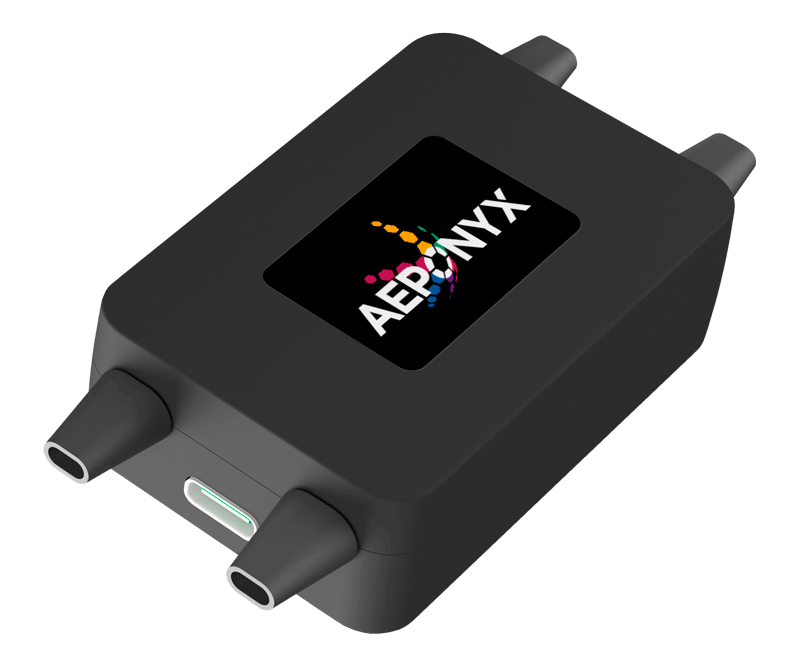
R.O.C.S.™ 2
Dual 2x2 Optical Circuit Switch
Power Consumption: < 0.5 W
Optical losses: < 1.5 dB
Bandwidth: 1260 nm to 1620 nm
PDL: < 0.1 dB
Crosstalk : < -60 dB
Switching time: < 10 ms
- Automatic switching (Fail-over)
- Integrated optical power monitoring
- Adjustable power threshold
- Fail-safe on power loss
Lowering the number of equipment while unlocking high availability and power savings
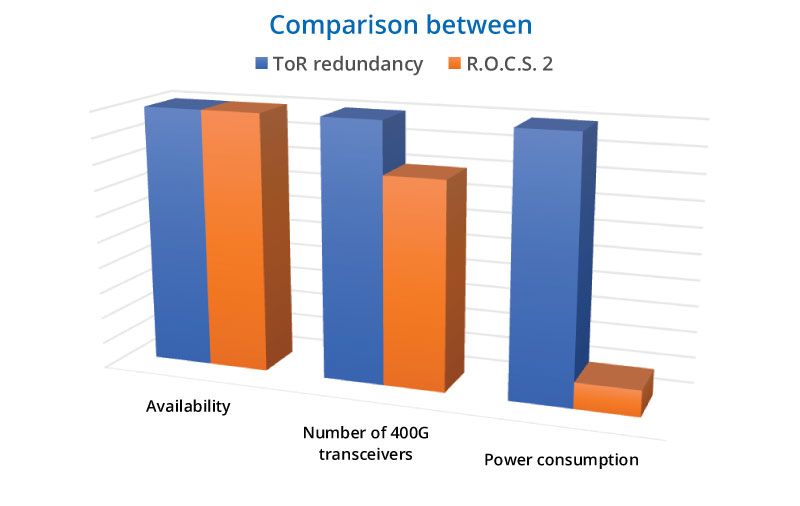
High availability
In this use case, the R.O.C.S. 2 device is installed in a configuration that reconnects the server’s connectivity when a downward transceiver fails by re-purposing an upward transceiver as a downward transceiver.
Lowering the number of equipment
Such configuration avoids the deployment of a second ToR and two additional 400G transceivers compared to deploying ToR redundancy leading to significant power savings while offering high availability.
Allocating room for computing resources.
R.O.C.S.TM 2 devices are compact and scalable, allowing better use of space, thus decreasing cooling requirements and granting freedom for the growth of computing resources.
Use-case
Switchside auto failover
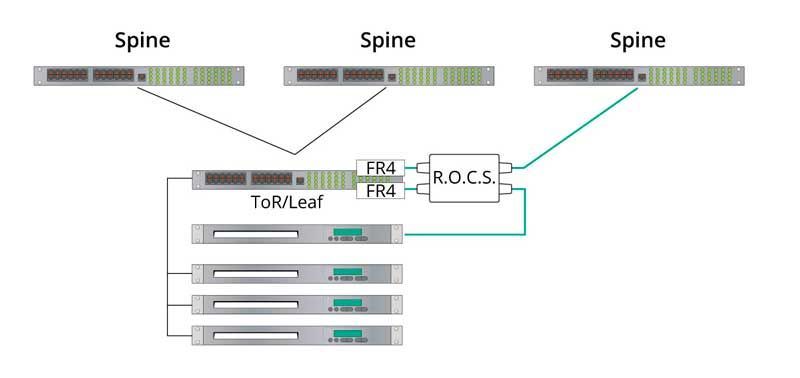
Normal operations

Fail-over operations
Complement your existing infrastructure
Top-of-rack (ToR) switch redundancy and hybrid optical circuit switching offer different approaches to enhancing reliability and performance within an AI/HPC datacenter.
ToR switch redundancy involves deploying multiple switches to ensure network resilience and mitigate single points of failure.
On the other hand, hybrid switching leverages optical communication technologies to establish dedicated connections between compute resources. This reduces latency and congestion, enabling efficient data transfers for AI and HPC workloads.
Both approaches can complement each other to create a reliable, sustainable, high-performance datacenter infrastructure.
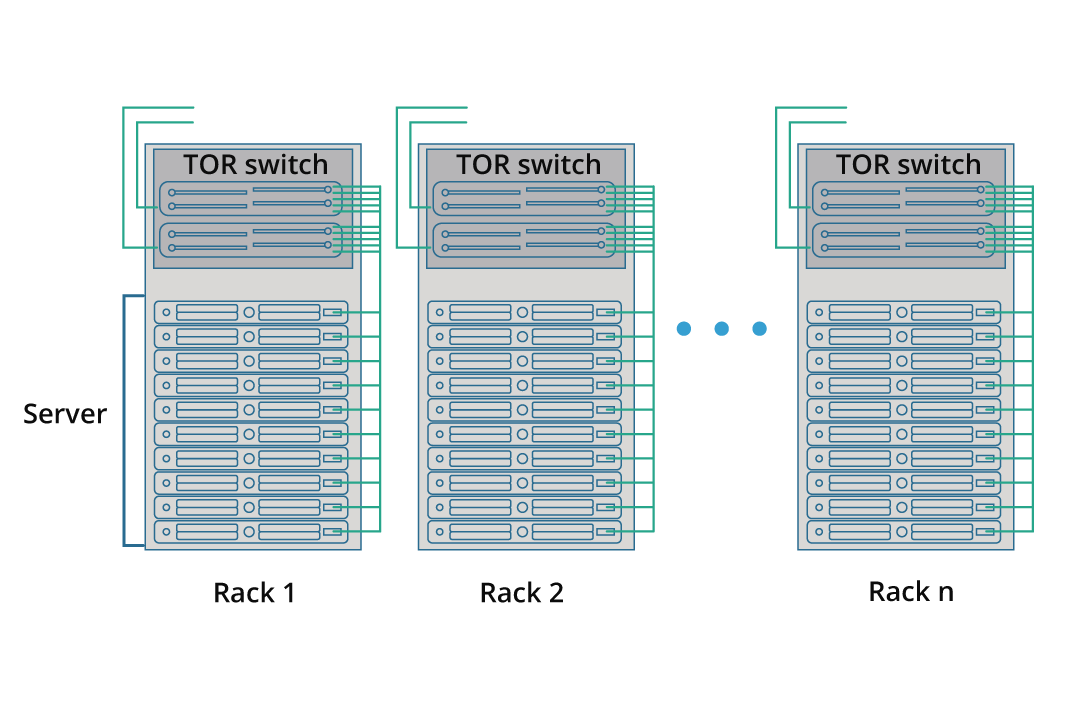
Popular ToR and ToR Switch in Data Center Architectures – FS.com, 2022
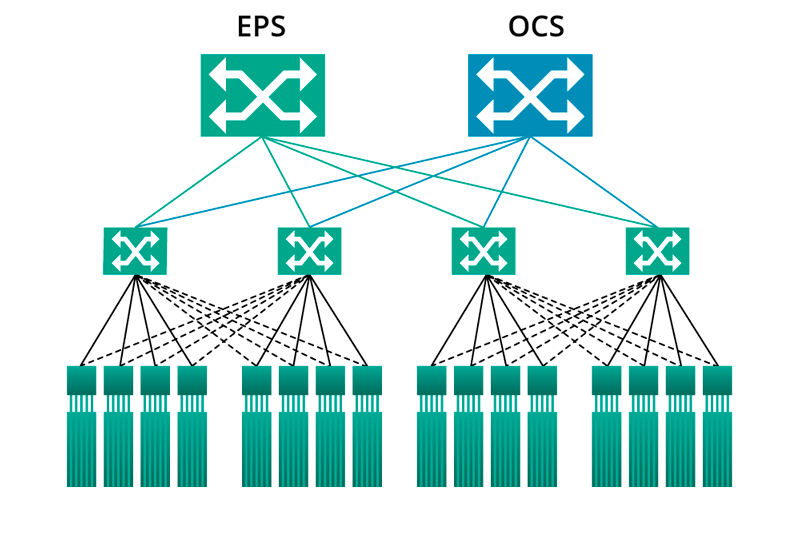
EPS/OCS Hybrid Networking – NTT Technical Review, Vol. 14, 2016


